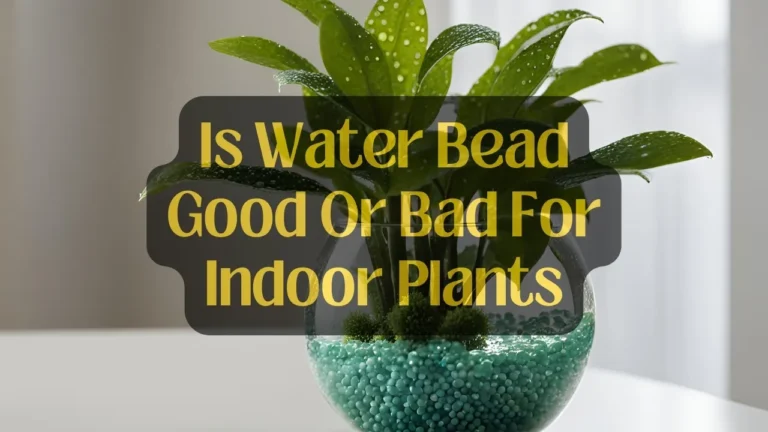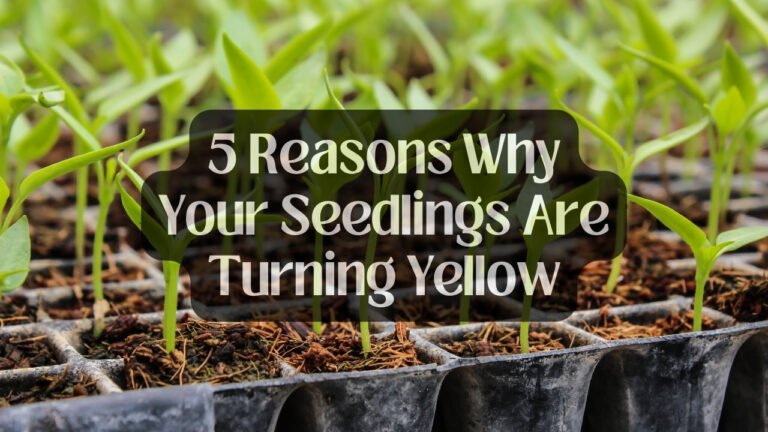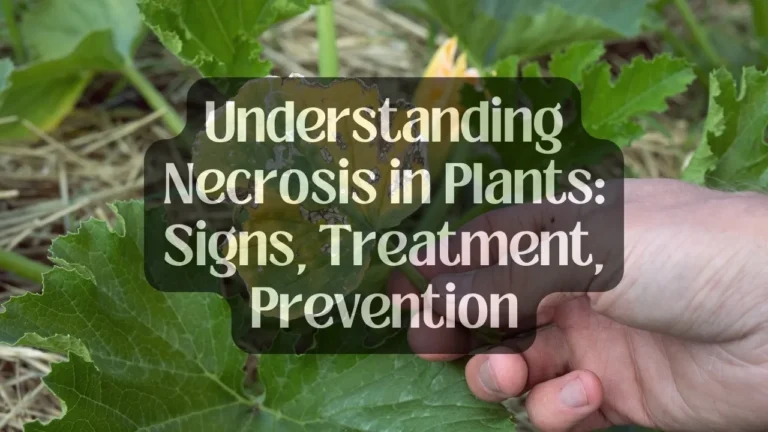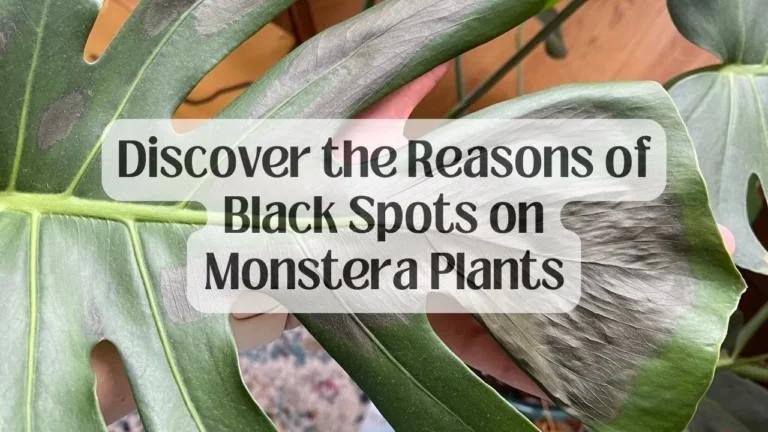How Long To Keep Grow Lights On Plants?
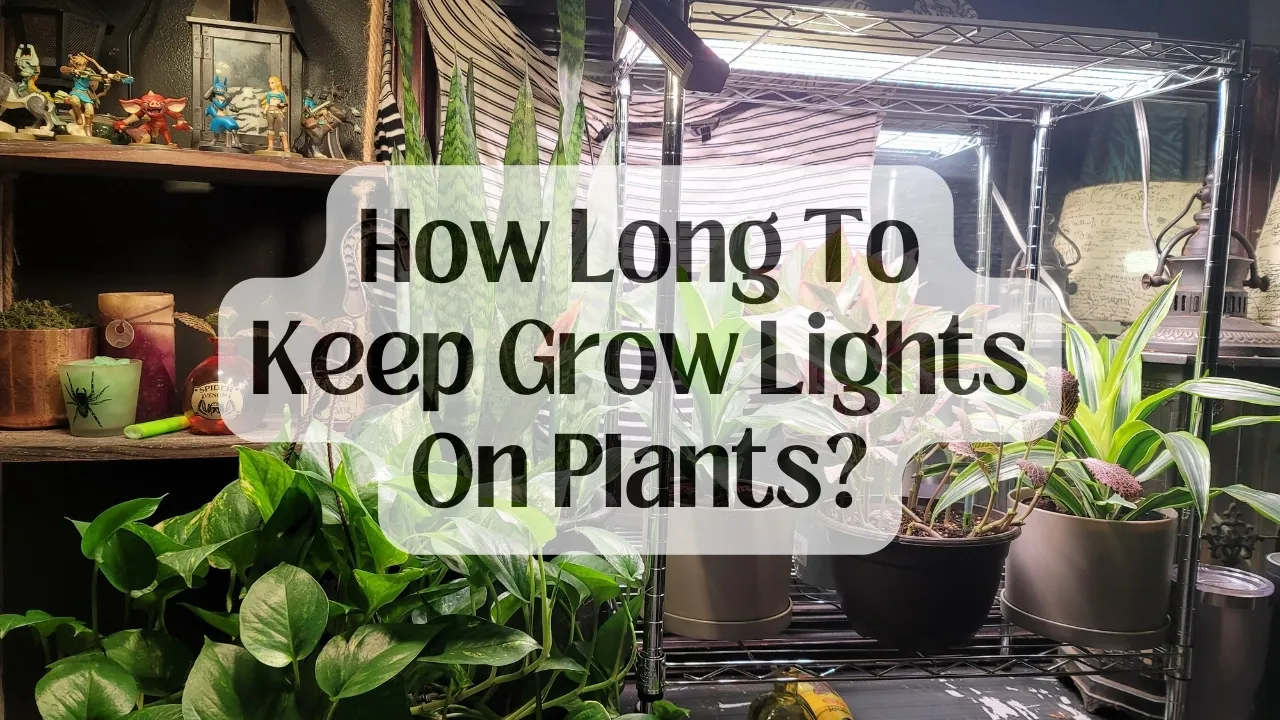
Are you an indoor gardener wondering how many hours a day your plants need to bask under grow lights? You’re not alone. Figuring out the optimal amount of artificial light for your houseplants can be tricky.
How Long To Keep Grow Lights On Plants? The light needs of indoor plants vary considerably by species. While many plants thrive under bright, indirect light for 16-18 hours daily, others are shade-tolerant and can adapt to lower light levels. It’s important to research the specific requirements of each plant to ensure optimal growth.
Providing excessive light can be detrimental to certain plants, even if they appear healthy initially. I’ll break this myth and try to find out what’s the real truth here. Let’s go!
How Much Light Do Indoor Plants Really Need?
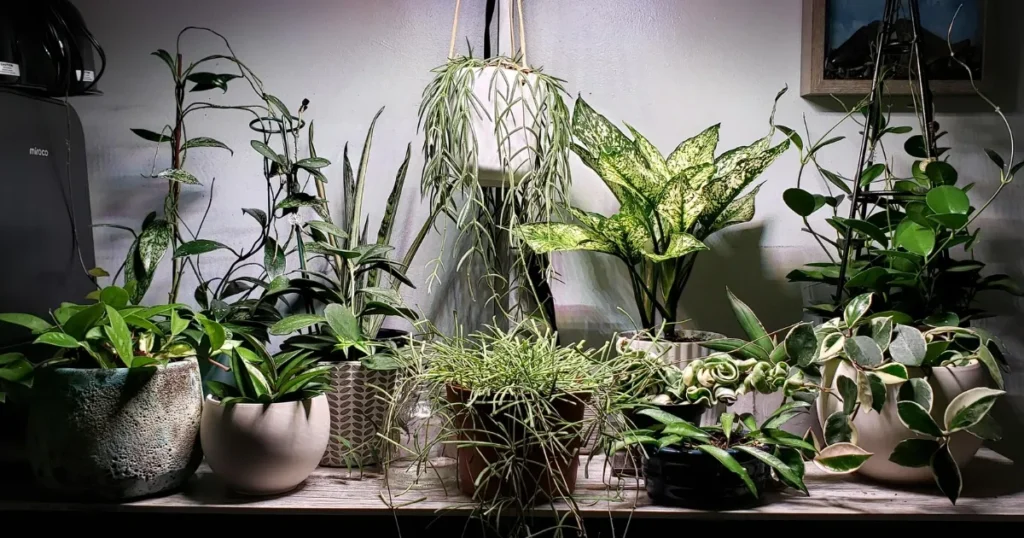
Most experienced growers agree that blooming plants need a minimum of 12-18 hours under grow lights each day. If fluorescent bulbs are your only light source, aim for the higher end of that range – 14 to 18 hours daily.
The exact timing will depend on the specific plant varieties you’re growing. Some, like African violets and ruby glow peperomia, thrive with longer light exposure. Others may need a bit less. A little experimentation can help you dial in the perfect schedule for your green babies.
To help you, here is a list of houseplants and their light requirements for a day.
| Plant Name | Light Requirement (Hours per Day) |
| African Violet | 14-16 |
| Aloe Vera | 6-8 |
| Anthurium | 12-14 |
| Bromeliads | 12-16 |
| Chinese Evergreen | 8-12 |
| Dieffenbachia | 12-14 |
| Dracaena | 10-12 |
| English Ivy | 12-16 |
| Ficus (Weeping Fig) | 12-14 |
| Heartleaf Philodendron | 10-12 |
| Jade Plant | 12-14 |
| Monstera Deliciosa | 12-14 |
| Orchids (Phalaenopsis) | 12-14 |
| Parlor Palm | 8-10 |
| Peace Lily | 10-12 |
| Peperomia | 12-14 |
| Pothos | 10-12 |
| Rubber Plant | 12-14 |
| Sansevieria (Snake Plant) | 8-10 |
| Spider Plant | 10-12 |
| String of Pearls | 12-14 |
| Succulents (Various) | 12-14 |
The Importance of Light Cycles for Indoor Plants

A common misconception with growth lights is that more light equates to faster growth. While light is essential for photosynthesis, extended periods of illumination can be detrimental to plant health.
Research suggests most plants require darkness for optimal growth, similar to their natural environment. In some cases, excessive light exposure can hinder growth rates.
To ensure proper light cycles, timers are recommended. A typical regimen involves 15 hours of light followed by 9 hours of darkness. Plants in low-light environments, like basements, can benefit from a slightly extended “day” of 17-18 hours.
How Often Should You Change Bulbs for Your Plants?
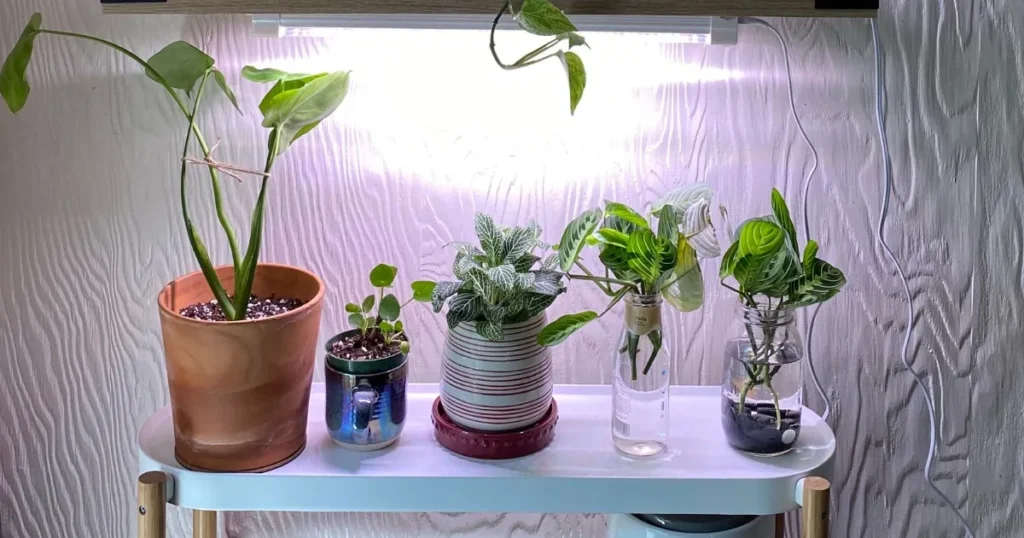
The lifespan of grow light bulbs varies depending on the type:
- LED lights: Last longest, lasting anywhere from 50,000 to 100,000 hours (roughly 5-11 years of constant use). However, their light output weakens over time.
- Fluorescent lights (T5): Need replacing every 18-24 months (1.5-2 years) as they lose efficiency.
- High-Intensity Discharge (HID) lights (MH and HPS): Require replacement every 6-12 months (depending on usage) because their light intensity degrades significantly.
Replacing bulbs isn’t just about functionality; it’s about maintaining optimal light output for healthy plant growth. Here are some signs your bulbs might need changing:
- Visible decrease in light intensity
- Plants show signs of slowed growth
- The bulbs have been in use for their recommended lifespan
Tip: Consider using a timer to track bulb usage and schedule replacements.
Shedding Light on Foot-Candles
To really geek out about grow lights, it helps to understand foot-candles – a unit of measurement describing how much light actually falls on a surface. For fluorescent setups using two 40-watt tubes, here’s a quick guide to foot-candle readings.
| Distance from Light (inches) | Foot-Candles |
| 6 | 1000 |
| 12 | 500 |
| 18 | 290 |
| 24 | 160 |
More grow lights mean more light! Each extra 40-watt bulb adds roughly 150-foot candles of brightness. Just remember, terrariums and glass enclosures can block some light. Subtract 5-10 foot candles for every inch of glass between your plants and the lights.
Are LED Lights Good for Plants?
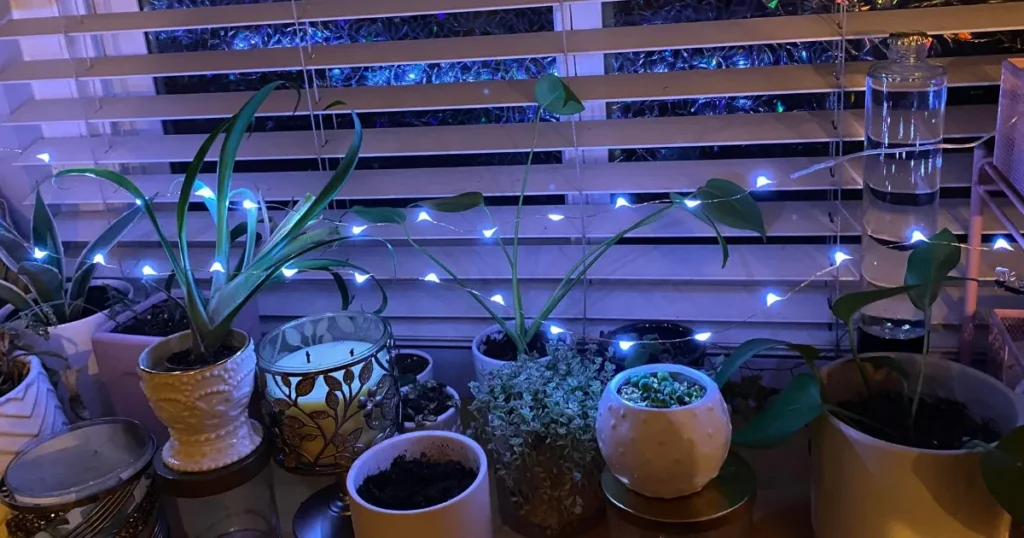
In short, yes!
In recent years, the world of indoor grow lights has blossomed with new options like LED bulbs and high-intensity lighting. While evolving technology gives us more choices than ever, one thing hasn’t changed – plants still need the right type and intensity of light to thrive.
But LED fulfilled this perspective as well. These lights are energy-efficient, long-lasting, and emit little heat.
Conclusion
The ideal amount of daily grow light depends on your plants. Most flowering plants need 12-18 hours, but some can thrive with less. Don’t overdo it – too much light can harm your plants. They need darkness too! A timer is a handy tool to create a regular light schedule.
Consider LED lights for their energy efficiency and long life. With the right amount of light, you’ll be a pro indoor gardener in no time!


